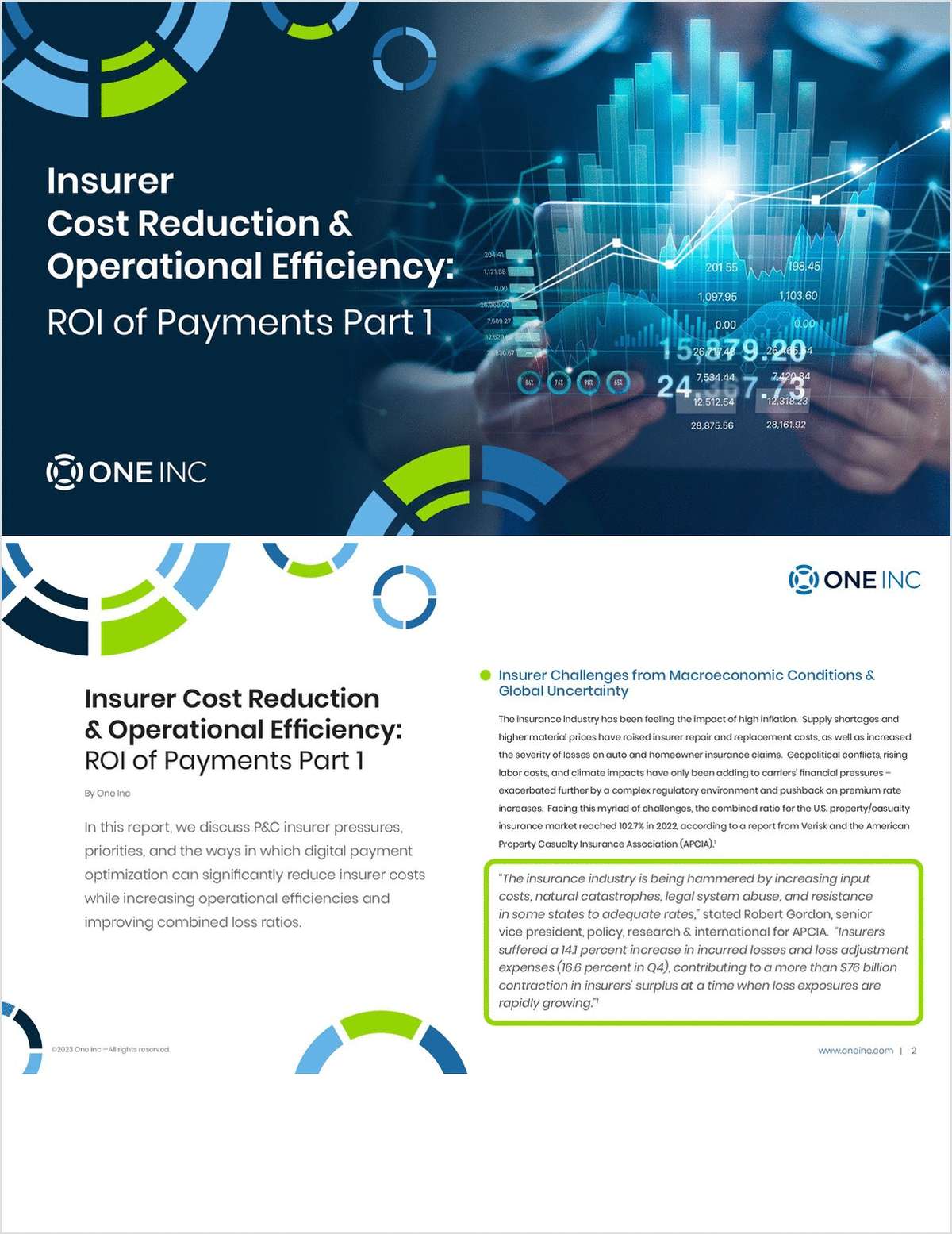Insurance rating service A.M. Best said it has lowered the baseline number for recoverables and loss used in its catastrophe test to issue ratings after numerous discussions with members of the industry.
The Oldwick, N.J.-based company announced the changes last week, saying that with the recent enhancements to catastrophe management tools and after numerous discussions with carriers, modeling agencies, brokers, regulators and investment bankers, it would be prudent to do so.
"From time to time we consider those comments, and we do make adjustments in the rating criteria as we see fit," said Matt Mosher, group vice president of property-casualty ratings, during a conference call last week.
He said he wanted to assure "that the only basis for any change that we do make to our rating criteria is made in consideration to the consistency and accuracy of our ratings."
Mr. Mosher said Best also took into account improvements in catastrophe modeling, a review of insurance and reinsurance settlements, and analysis of catastrophe management programs. He said the financial strength and ability to rebound between companies differs.
The changes measure the stress upon a carrier's finances after a 1-in-100-year hurricane-windstorm or 250-year earthquake in a second event.
Best reduced the difference between gross probable maximum loss (PML) and pretax net PML of reinsurance recoverables added to the balance sheet from 100 percent to 80 percent, and the net loss reserves from 100 percent net PML to 80 percent PML. This is to reflect the time between the event and the raising of capital, Mr. Mosher explained.
The 80 percent is a benchmark for this analysis, he noted. However, Mr. Mosher said the company would still review the amount of reinsurance and loss payout experience of a carrier, which could alter that figure.
On terrorism, companies not using modeling tools, Best will use 50 percent of the carrier's largest aggregate loss, instead of 75 percent, in the stress test. Mr. Mosher said the type of risk--a high rise building versus a campus environment--would also play a role in determining the ultimate percentage the rating service would use.
Best also lowered the amount of capital a company needs to support a catastrophe in the test from 15 points below Best's Capital Adequacy Ratio to 30 points to support the current rating.
He said this reflects improved risk management within companies, improved models and greater ability to replenish lost capital. The capital adequacy ratio could be changed depending upon the carrier's risk management and ability to raise capital, he noted.
Andrew J. Barile, president and chief executive officer of Andrew Barile Consulting Corporation in Rancho Santa Fe, Calif., noted that the changes will help carriers and give them a little more leeway in meeting the rating agency's standards.
He said it is also a recognition that an adverse rating can lead to trouble for the financial future of an insurer, noting that PXRE has fought to survive in the face of a recent series of rating downgrades after it sustained a series of catastrophe loses.
"This makes for a more realistic viewpoint and can open dialogue that is good for everyone," Mr. Barile said.
Want to continue reading?
Become a Free PropertyCasualty360 Digital Reader
Your access to unlimited PropertyCasualty360 content isn’t changing.
Once you are an ALM digital member, you’ll receive:
- Breaking insurance news and analysis, on-site and via our newsletters and custom alerts
- Weekly Insurance Speak podcast featuring exclusive interviews with industry leaders
- Educational webcasts, white papers, and ebooks from industry thought leaders
- Critical converage of the employee benefits and financial advisory markets on our other ALM sites, BenefitsPRO and ThinkAdvisor
Already have an account? Sign In Now
© 2024 ALM Global, LLC, All Rights Reserved. Request academic re-use from www.copyright.com. All other uses, submit a request to [email protected]. For more information visit Asset & Logo Licensing.








